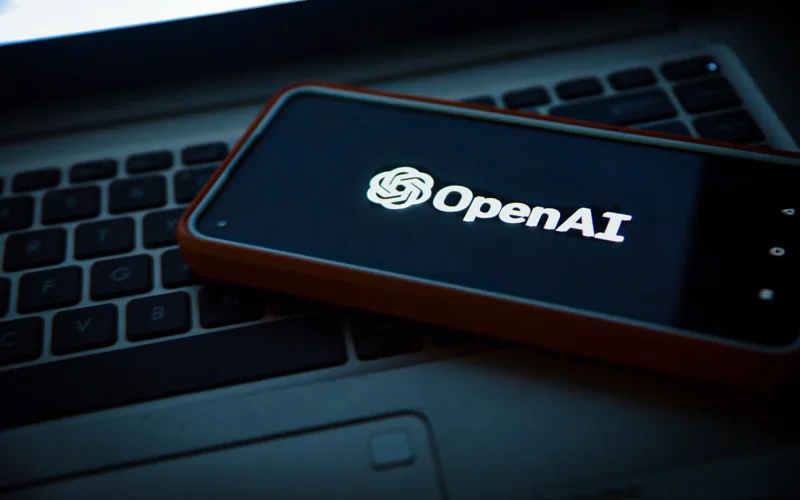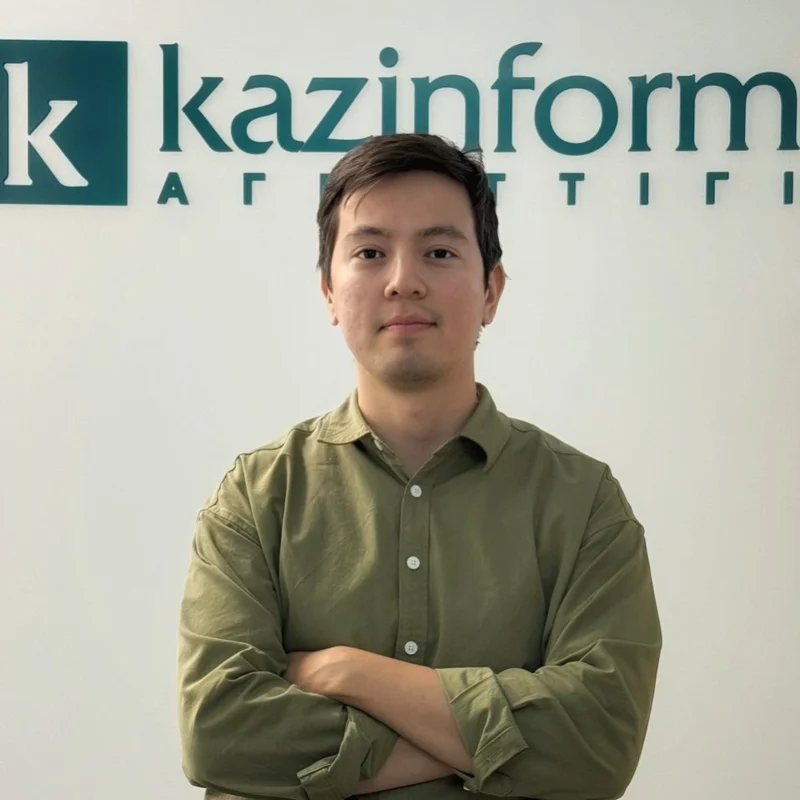Former engineer reveals how OpenAI operates
Former OpenAI engineer Calvin French-Owen has offered rare insights on his blog into life at the company, which he describes as one of the most frighteningly ambitious organisations, Kazinform News Agency correspondent reports.

French-Owen spent just over a year at OpenAI before leaving three weeks ago. He said his decision was not due to any conflicts but rather a desire for a fresh start. During his time there, the company grew from around 1,000 to over 3,000 employees, a rapid expansion that, he noted, affected everything from communication and management to hiring and development processes.
Culture
French-Owen explained that nearly all work at OpenAI happens on Slack [Ed. note - a communication platform], with email used so rarely that he received only about ten emails during his entire year there. This setup demands strong personal organisation; otherwise, the constant flow of notifications can be incredibly distracting.
According to him, OpenAI operates in a “bottom-up” way. Instead of strict annual plans, ideas are tested iteratively, and the best ones make it into products. This approach creates a meritocratic environment where people advance based on their ideas and execution rather than their ability to speak up in meetings.
He also noted that teams at OpenAI are highly fluid and flexible. Engineers often shift between projects within a day to help colleagues meet tight deadlines. For example, when launching Codex, the team quickly brought in experienced ChatGPT engineers without going through lengthy approval processes.
On safety and responsibility
French-Owen emphasised that OpenAI pays far more attention to safety than people might think. Internally, teams work on both theoretical and practical AI risks, from preventing hate speech, manipulation, and bioweapon development to reducing self-harm. However, he noted that practical risks are generally prioritised over theoretical ones.
OpenAI as a modern-day Los Alamos
French-Owen compared OpenAI to the Los Alamos laboratory of the Manhattan Project era.
“It was a group of scientists and tinkerers investigating the cutting edge of science. That group happened to accidentally spawn the most viral consumer app in history. And then grew to have ambitions to sell to governments and enterprises. People of different tenure and different parts of the org subsequently have very different goals and viewpoints. The longer you've been there, the more you probably view things through the "research lab" or "non-profit for good" lens,” he wrote on his blog.
He also explained that nearly all of OpenAI’s code is stored in a single massive repository built mainly in Python, with a growing number of services written in Rust and some in Go. The company’s architecture is centred around FastAPI, but without strict coding standards, resulting in code that ranges from polished libraries crafted by ex-Google engineers to quick experimental Jupyter notebooks created by PhD researchers.
Launching Codex in just seven weeks
One of the most intense projects of his time at OpenAI was the launch of Codex, an AI coding agent. A small team of eight engineers, four researchers, two designers, and a manager built the entire product in just seven weeks.
“The Codex sprint was probably the hardest I've worked in nearly a decade. Most nights were up until 11 or midnight. Waking up to a newborn at 5:30 every morning. Heading to the office again at 7a. Working most weekends. We all pushed hard as a team, because every week counted,” recalled French-Owen.
The former OpenAI engineer concluded by saying the race to develop AGI now comes down to three players: OpenAI, Anthropic, and Google.
“Each of these organizations are going to take a different path to get there based upon their DNA (consumer vs business vs rock-solid-infra + data). Working at any of them will be an eye-opening experience,” added French-Owen.
Earlier, Kazinform News Agency reported that OpenAI is set to launch AI-powered browser to challenge Google Chrome.
